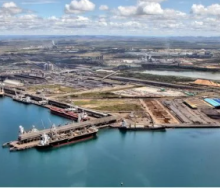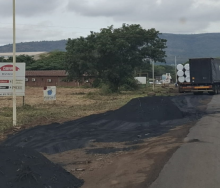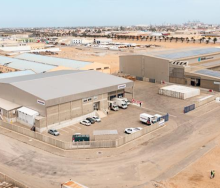Producer price inflation (PPI) rose faster than expected to 5.1% year-on-year (y-o-y) in September, mainly driven by higher fuel prices.
Bureau for Economic Research economists noted in their Weekly Review on Monday that PPI had risen higher than anticipated from 4.3% in August and that economic indicators released by the SA Reserve Bank showed that an acceleration in real GDP growth should be on the cards for 2024.
“The increase surpassed the market consensus of 4.7% y-o-y. The main contributors to the headline PPI were food, beverages and tobacco products (up 4.4% y-o-y) as well as the metals, machinery and computing equipment category (up 6.5%),” the BER said.
On a monthly basis, producer prices rose by 1.5% in September, up from 1% month-on-month (m-o-m) in August. This is the fastest monthly increase since August 2022.
“The monthly change in the PPI was mainly driven by much higher fuel costs in September. This was reflected in coke, petroleum, chemical, rubber and plastic products (+5.1%). At the start of the supply chain, the PPI for agriculture increased by a stark 4.5% m-o-m in September (versus -0.2% m-o-m in August),” the economists said.
The biggest contributions to agriculture came from an acceleration in the prices of fruit and vegetables (up 11% m-o-m), while the milk and eggs category (up 1.5% m-o-m) also posted a notable increase.
“This can be linked to the severe outbreak of Avian flu. Overall, the reacceleration in producer prices signals that consumer prices are also likely to continue to move higher in coming months,” the BER said.
Meanwhile, the Reserve Bank’s Composite Leading Business Cycle Indicator (LEI) rose by 0.4% m-o-m in August, after increasing by 0.1% in July.
“Although the level of the index was more than 5% down on August 2022, it was the third consecutive m-o-m increase. This supports our view that real GDP growth should accelerate in 2024,” the economists noted.
Six out of the ten LEI components showed growth. The biggest positive contributions came from an increase in the average hours worked per factory worker, and an improvement in the RMB/BER Business Confidence Index.













